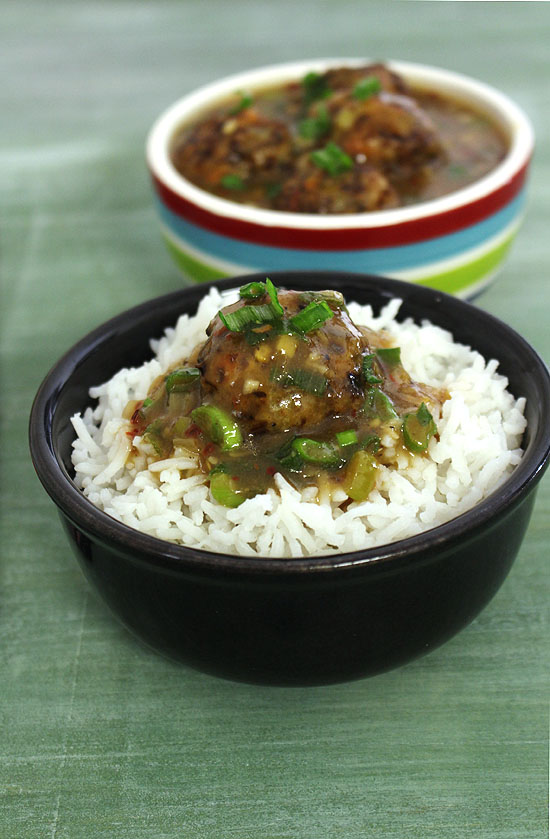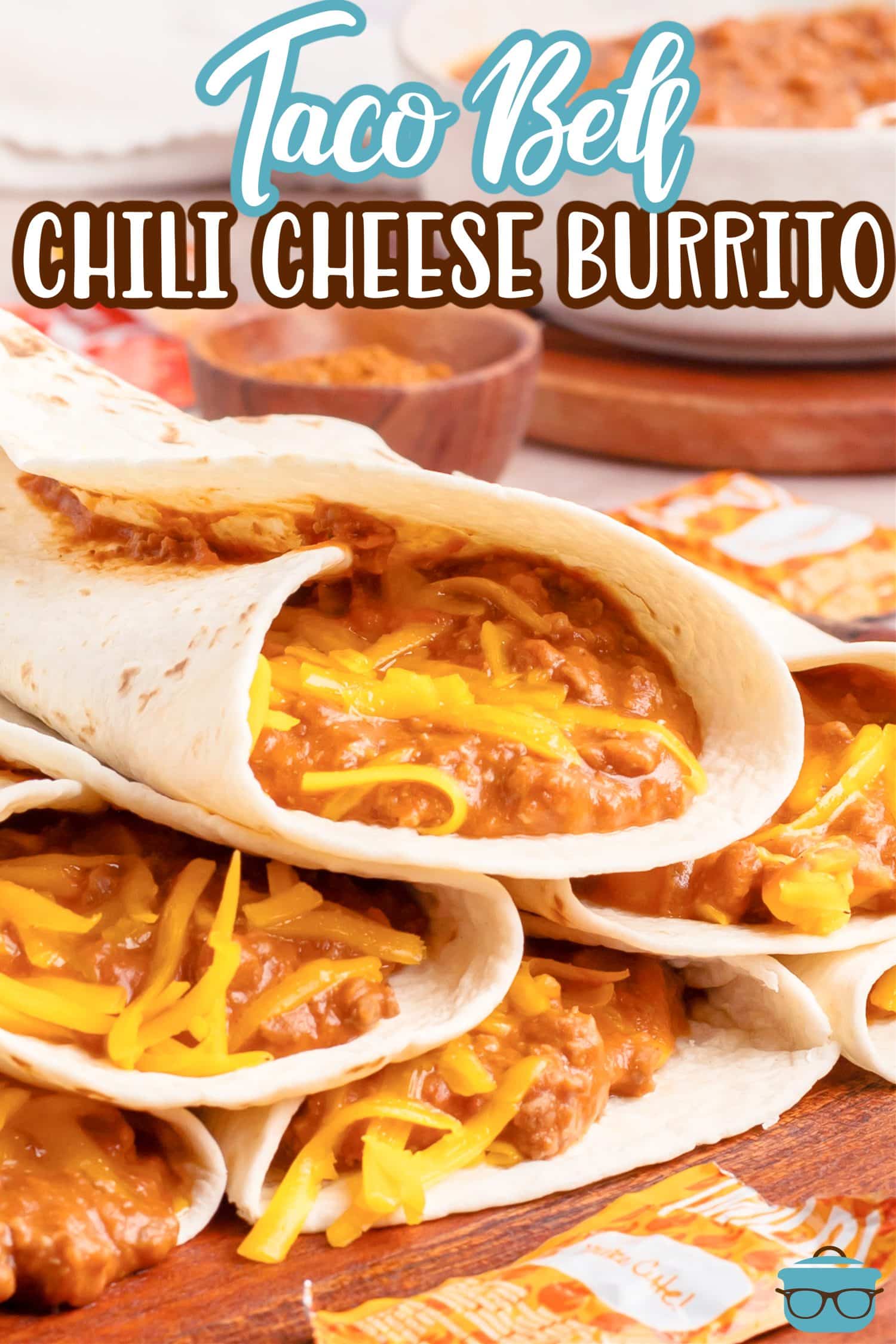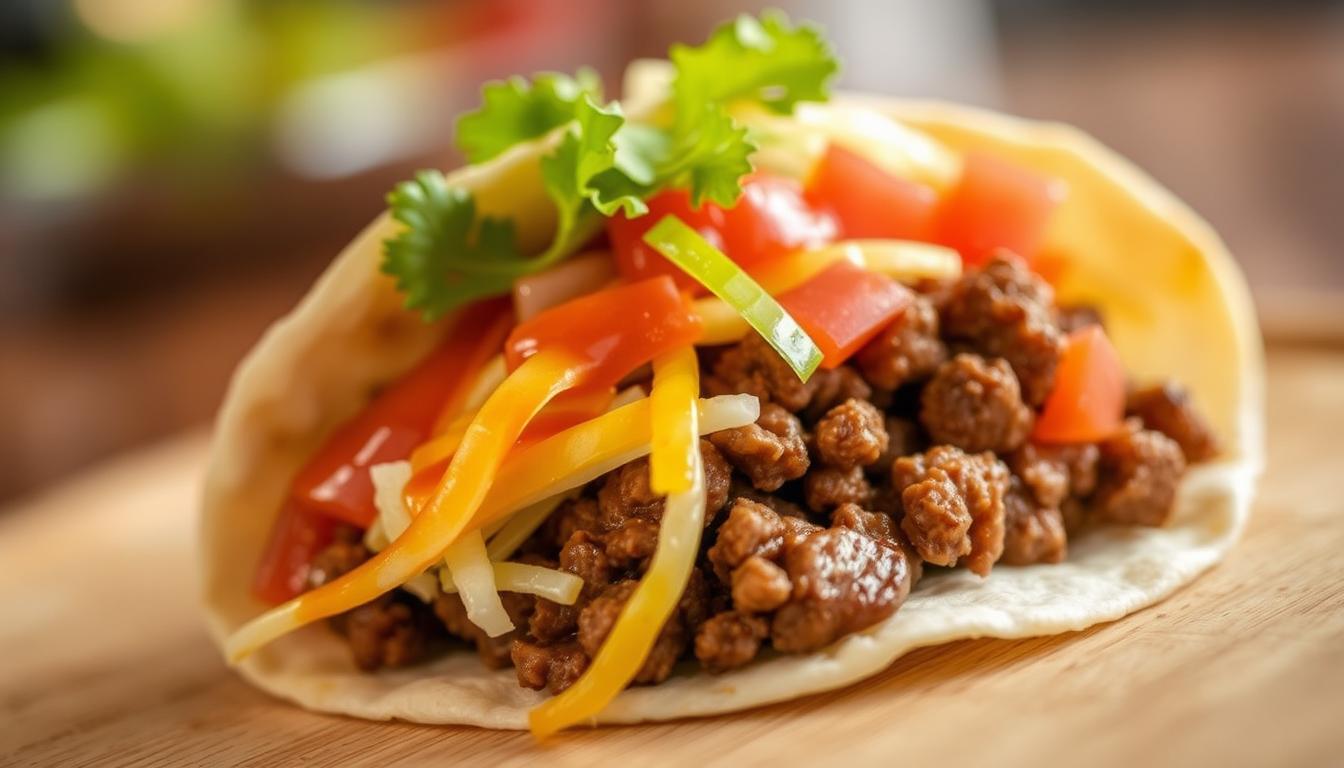Vegetable manchurian recipe is a popular Indo-Chinese dish loved for its crispy vegetable balls smothered in a tangy, spicy sauce. Whether you’re a beginner or an experienced cook, this guide will help you master this flavorful dish with ease.
The Origins and Popularity of Vegetable Manchurian
Before diving into the cooking process, it’s essential to understand the roots of vegetable manchurian recipe. This dish is a fusion of Indian and Chinese flavors, created to cater to local tastes while retaining the essence of traditional Manchurian cuisine.
The Cultural Fusion Behind Vegetable Manchurian
The vegetable manchurian recipe emerged from the streets of Mumbai and Kolkata, where Chinese immigrants adapted their recipes to suit Indian palates.
The blend of soy sauce, garlic, and ginger with Indian spices like green chilies and garam masala makes it uniquely delicious.
Over time, it became a staple in Indian restaurants and households, loved for its versatility—served as an appetizer, snack, or main course.
Why Vegetable Manchurian is a Crowd-Pleaser
One reason the vegetable manchurian recipe stands out is its adaptability.
You can adjust the spice level, make it dry or gravy-style, or even experiment with different vegetables.
Its crispy texture paired with a saucy coating ensures it appeals to both kids and adults alike.
Health Benefits of Vegetable Manchurian
While deep-frying is involved, using fresh vegetables like cabbage, carrots, and beans adds nutritional value.
Baking or air-frying the balls can make this dish healthier without compromising taste.
Step-by-Step Vegetable Manchurian Recipe
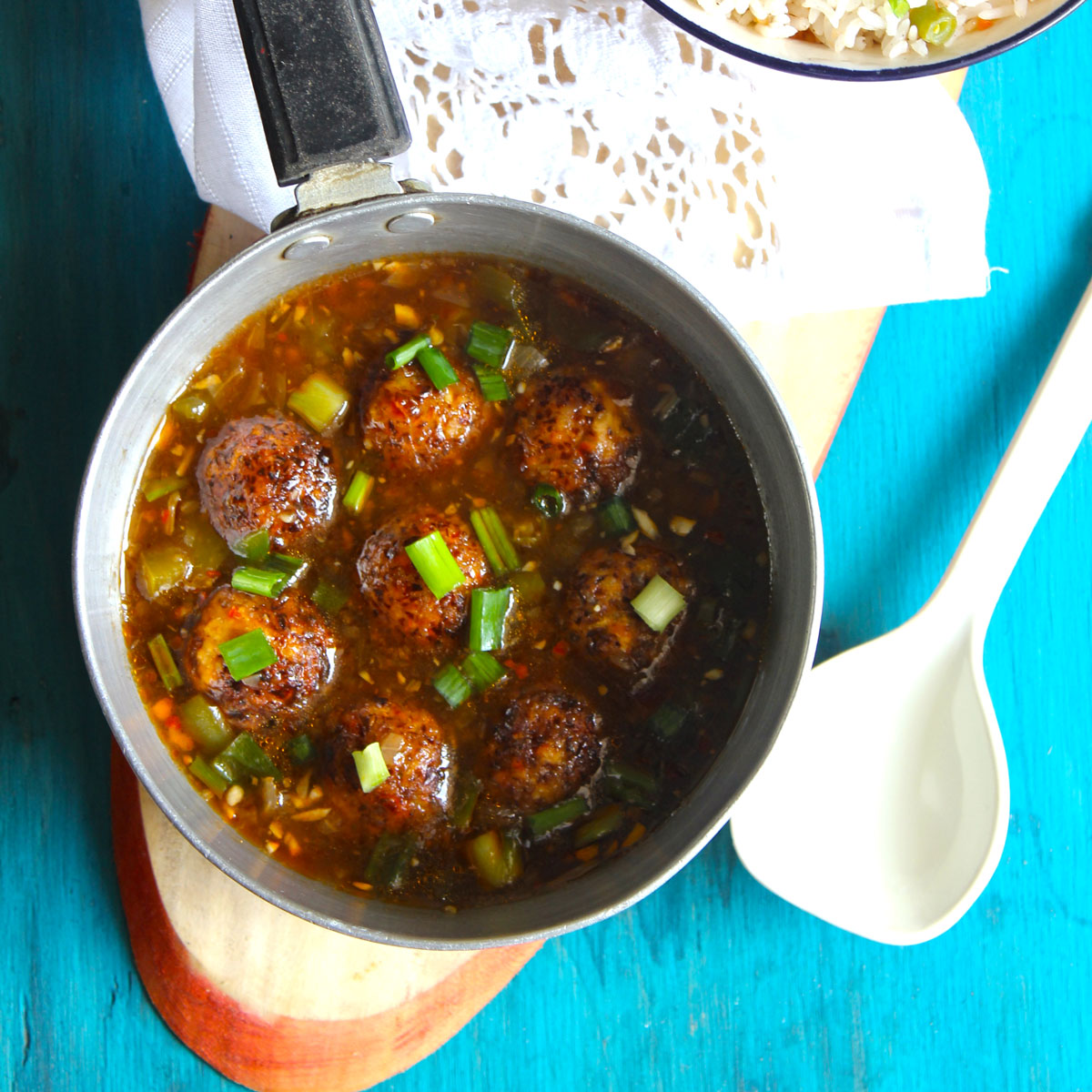
Now, let’s get into the heart of the matter—the vegetable manchurian recipe itself. Follow these steps for a perfect batch every time.
Preparing the Vegetable Balls
The key to great vegetable manchurian lies in the texture of the balls—crispy outside, soft inside.
Finely chop vegetables like cabbage, carrots, and bell peppers, then mix them with flour, cornstarch, and seasonings.
Let the mixture rest for 10 minutes to bind well before shaping into balls.
Frying vs. Baking the Manchurian Balls
Traditionally, the balls are deep-fried, but baking or air-frying offers a healthier alternative.
If frying, ensure the oil is hot enough to prevent sogginess.
For baking, lightly brush the balls with oil and bake at 200°C until golden brown.
Making the Perfect Manchurian Sauce
The sauce is what elevates the vegetable manchurian recipe from good to extraordinary.
Sauté garlic, ginger, and green chilies, then add soy sauce, vinegar, and a touch of sugar for balance.
Thicken with cornstarch slurry and toss the fried balls in the sauce just before serving.
Variations of Vegetable Manchurian
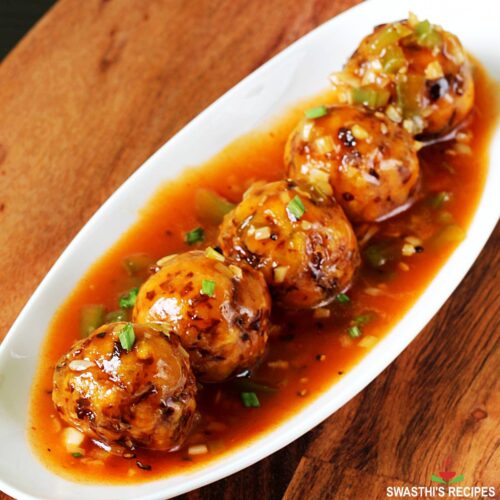
Once you master the basic vegetable manchurian recipe, try these exciting twists.
Dry vs. Gravy-Style Manchurian
Dry Manchurian is great as a starter, while gravy-style pairs well with fried rice or noodles.
Adjust the sauce consistency by adding more or less water as per preference.
Vegan and Gluten-Free Options
Replace soy sauce with tamari for gluten-free vegetable manchurian.
Use chickpea flour instead of all-purpose flour for a protein-rich, vegan version.
Adding Protein for Extra Flavor
Incorporate paneer, tofu, or minced mushrooms for a protein boost.
These additions make the dish more filling without overpowering the original taste.
Tips and Tricks for the Best Vegetable Manchurian
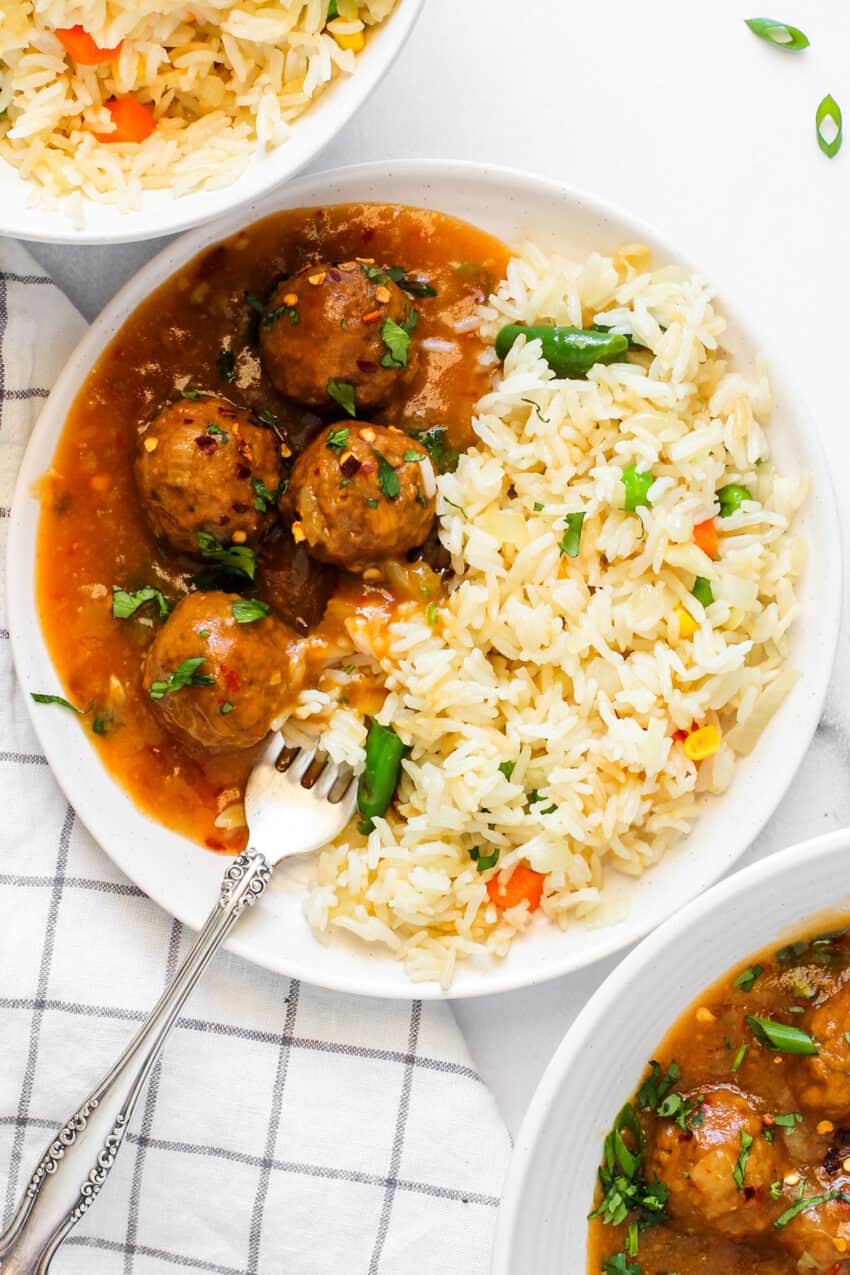
Even a simple vegetable manchurian recipe can go wrong without proper techniques. Here’s how to avoid common mistakes.
Preventing Soggy Manchurian Balls
Squeeze excess moisture from grated vegetables before mixing.
Ensure the oil is hot (around 180°C) before frying to achieve crispiness.
Balancing Flavors in the Sauce
Taste the sauce before adding the balls—adjust sweetness, saltiness, and tanginess as needed.
A dash of red chili sauce or honey can enhance depth.
Storing and Reheating Leftovers
Store fried balls separately from the sauce to maintain crispiness.
Reheat in an air fryer or oven instead of microwaving to retain texture.
FAQs
What vegetables are best for vegetable manchurian?
Cabbage, carrots, bell peppers, and beans work well for a crunchy texture.
Can I make vegetable manchurian without cornstarch?
Yes, replace cornstarch with arrowroot powder or additional flour.
How do I make the sauce spicier?
Add extra green chilies or red chili flakes for heat.
Is vegetable manchurian healthy?
It can be healthier if baked and loaded with fresh veggies.
Can I freeze vegetable manchurian balls?
Yes, freeze uncooked balls and fry/bake them when needed.
Video
Conclusion
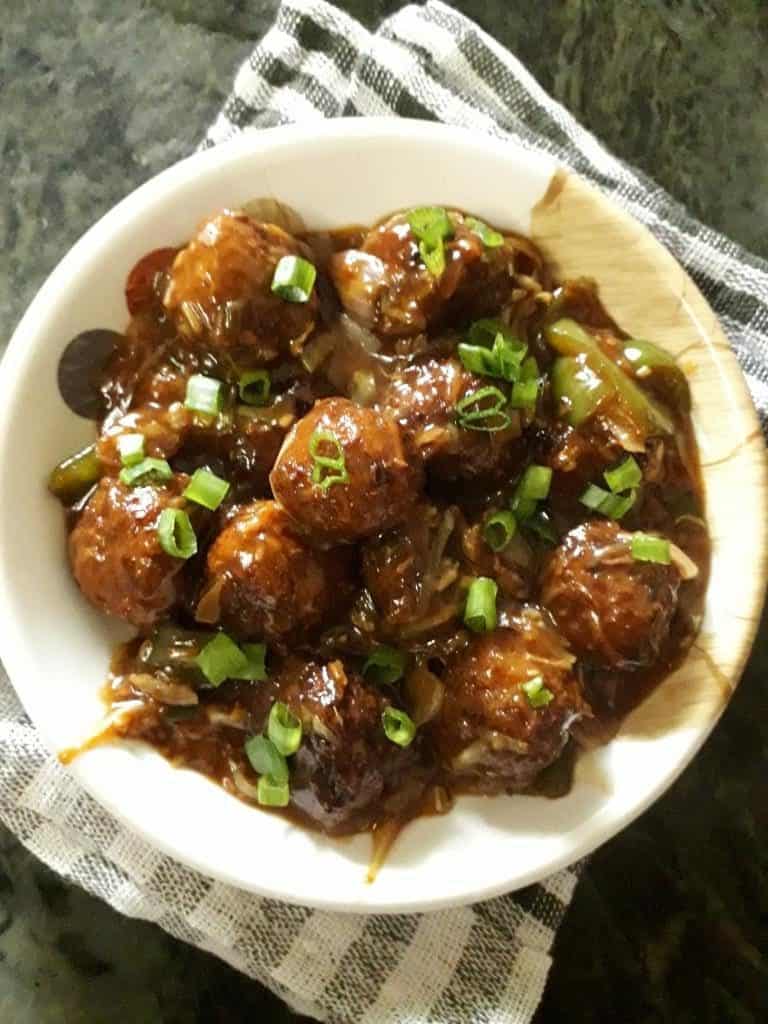
Mastering the vegetable manchurian recipe opens doors to endless culinary creativity. Whether you stick to tradition or experiment with variations, this dish is sure to impress. Try it today and enjoy a burst of flavors in every bite! `
